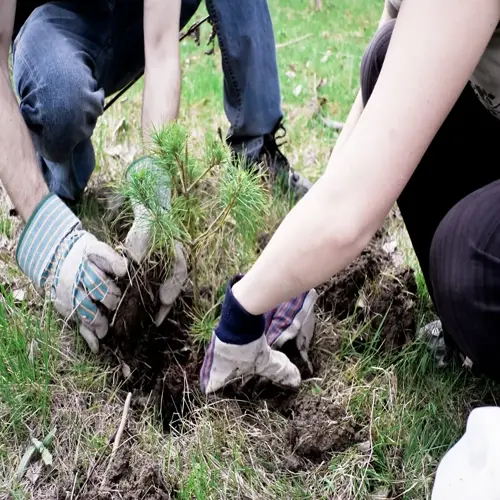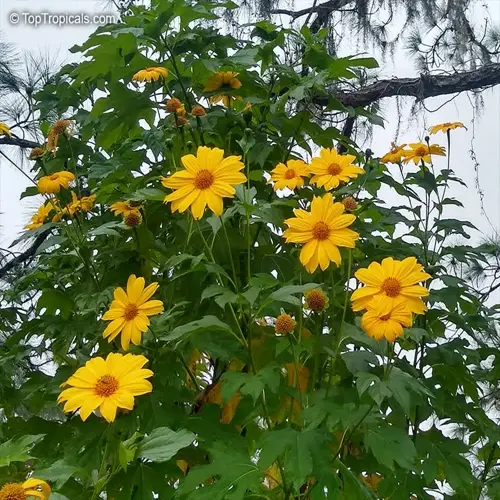What vegetable doesn't need a lot of sun to grow?

Written by
Kiana Okafor
Reviewed by
Prof. Samuel Fitzgerald, Ph.D.Shade-tolerant vegetables require a mere 3-4 hours of direct sunlight every day. Leafy greens are particularly well-suited here as well. They'll grow more slowly, but form softer leaves and won't bolt to seed. I use these kinds of vegetables under my fruit trees and raised beds on my north-facing patio. They turn actually useless and shady garden spots into valuable food production areas.
Soil Preparation for Shade
- Amend soil with compost for nutrient retention
- Maintain pH between 6.0-7.0 for optimal growth
- Use moisture-retentive mulch to compensate for reduced evaporation
Water and Pest Management
- Water less frequently but deeply
- Monitor for slugs and snails attracted to damp shade
- Use organic slug deterrents like crushed eggshells
Spinach grows best in cool, shady places. It will grow well in areas with shade or near buildings. Plant in moist, rich soil. Harvest by removing outer leaves. Plants produce for months in shade. I get bigger and more tender leaves in the shade than I do in full sun.
Lettuce will not become bitter if grown in shade. Choose loose-leaf types that can be harvested repeatedly. If you're growing lettuces outdoors, protect them from slugs using copper tape. Lettuce prefers to be watered regularly, but avoid wetting the leaves. Shade keeps the plant from bolting during warm spells and helps to extend the harvest.
Kale can survive in deep shade. The curly varieties, such as 'Winterbor,' are the most conducive to growing in the greenhouse or garden, spaced around 12 inches apart. Kale grown in shade typically develops a sweeter flavor. I first harvest the lower leaves, and each time I do this, new leaves grow back on top.
Swiss chard adds color to shaded spots. Bright stems do just fine with limited sun. 'Rainbow' varieties only need 4 hours of light. Where possible, cut stems instead of pulling to regrow. Plants will produce all season in sheltered areas.
Companion planting contributes to success in the shade garden. For example, growing mint alongside lettuce can deter pests. Additionally, chives will keep aphids off your spinach. These combos are also terrific for maximizing narrow planting spaces. I have also established layered plantings under trees by varying heights.
Read the full article: When to Plant Vegetable Garden: Ultimate Guide

